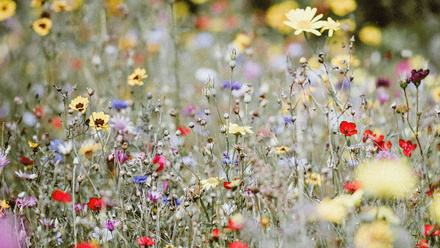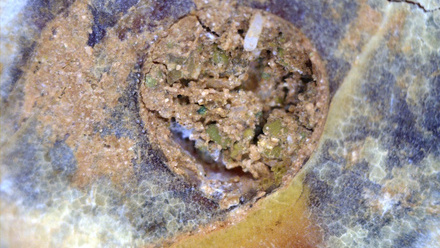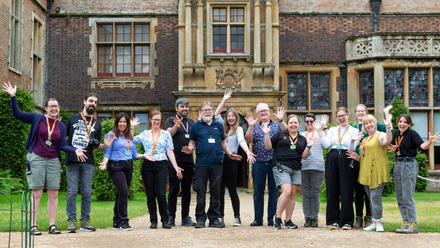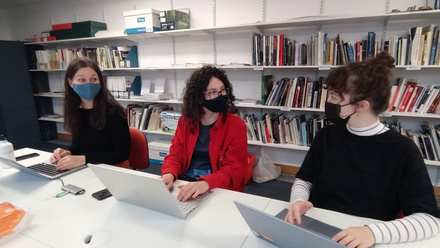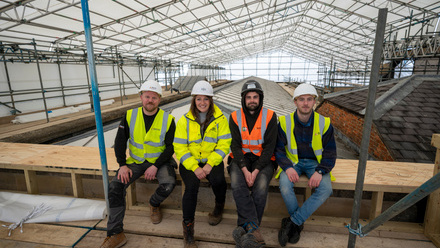Sustainability in the Studio: Tips for your Workplace
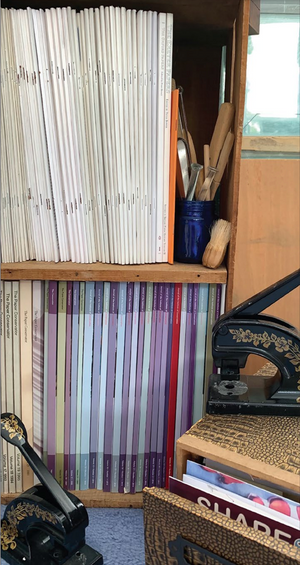
Reused unwanted items from the archive - orange box, index card files and blind embossing stamps
The Intergovernmental Panel on Climate Change (IPCC) report published in August 2021 states that it is 'code red for humanity'. Statements about the dire situation that we are in regarding climate change and biodiversity loss may fill you with feelings of despair. There is a danger that we feel so hopeless that we 'party on the Titanic'. In other words, there is nothing I can do so I might as well enjoy myself on the way out. This is not the case. 'Climate change is such a vexed, complex issue that if it is not approached from a perspective that includes everyone, we're not going to get there'.1
Each individual action makes a difference. There is so much you can do. 'Every one of us makes a difference every single day … We have a choice as to what kind of difference we want to make.'2
It can seem very difficult to know where to start. What should you tackle first? Is it the areas where you have the biggest carbon footprint or the small actions that you can take immediately to reduce your impact? Should you concentrate on one area such as materials, or should you try to do a little bit of everything? There really is no correct answer to this because everyone's situation is different. The important thing is to start.
One place to start is with the four Rs:
• Refuse
• Reduce
• Reuse
• Recycle
Refuse
- Think about what you buy and use in your workplace. Refuse to purchase more than you need.
- Refuse to purchase wasteful products and those which are difficult to recycle.
TIP: Look at what you already have. Do you need to buy more?
EXAMPLE: I recently cleared my entire studio for re-decoration. I used this as an opportunity to go through everything that had accumulated over the years. One task was to sort through all of my notes, conference handouts and pre-prints. I passed on duplicates or those I no longer needed to others via my socials; and I now have enough sheets of paper printed only on one side that I may never need to buy paper again!
TIP: Ensure that what you have is well stored and easy to access. In this way you'll know what you have and will avoid buying duplicates.
EXAMPLE: A freelance conservator used the quiet period during the first lockdown to sort out his studio. He found three jars of beeswax. He had used a bit from one, put it down, forgotten about it and bought another when he needed beeswax again.
TIP: Label your materials. It is good to include details of what it is and when you bought it. Some materials have a shelf life and need to be used before they reach this.
Reduce
- Reduce your use of harmful and wasteful products which are not easy to recycle.
- Use the minimum amount required of any materials to avoid unnecessary waste.
TIP: Print and/or write on both sides of paper. This will reduce your paper usage by 50%.
TIP: Enjoy a trip to the charity shop. They are great places to pick up weights and glassware.
TIP: Join up with other conservators and local museums, archives and libraries to reduce the amount that you buy. You might only need three sheets of mountboard but have to buy a minimum quantity of five sheets, for example. Find another conservator or organisation to share the order with.
TIP: Share equipment and tools. Have a pool of equipment which you can share with other colleagues, conservators and organisations. EXAMPLE: I'm happy to loan out my Curateur polyester edge welder
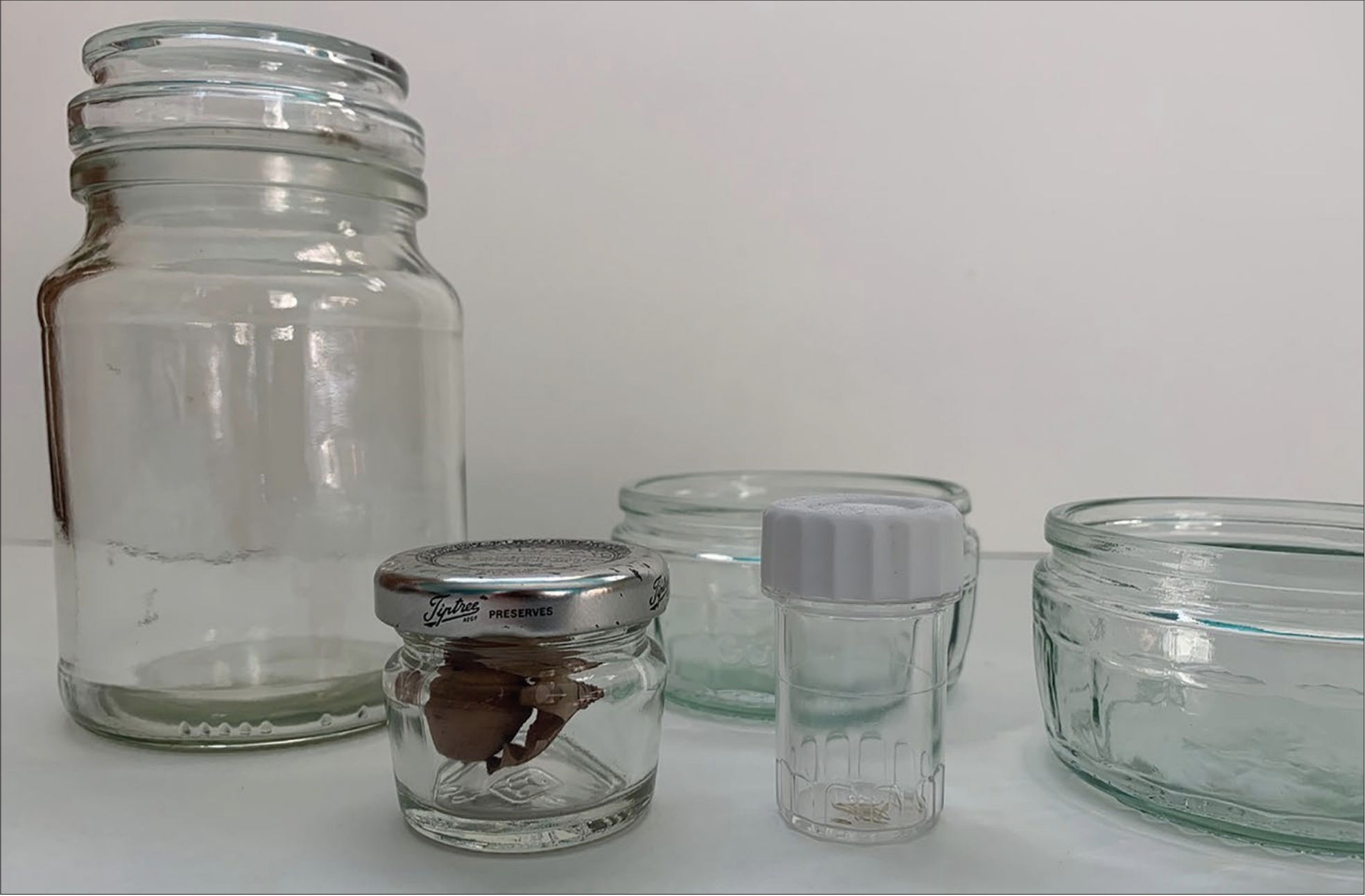
Reuse
- Use reusable materials in your workplace.
- Avoid using single use items.
TIP: Jam jars, coffee jars, glass dessert pots and contact lens cases can all be cleaned and will fulfil a multitude of uses in your workplace.
EXAMPLE: Use a glass bottle filled with water as a weight to keep the lid in place when leafcasting
Recycling
Recycling used to be the go-to for environmental sustainability but now it is last on the list. Before you put any material into the recycling think about how it can be reused. One reason that recycling is last on the list is that it takes energy to make a material into something else, plus (in most cases) not all of the material can be recovered and some virgin material will need to be added. Recycling has a carbon footprint.
TIP: Check out Sustainability Tools in Cultural Heritage (StiCH). It has been developed to help you make educated, sustainable choices to lower the environmental impact of your work. It has a life cycle assessment carbon calculator, case studies and information sheets
By Lorraine Finch ACR. You can contact Lorraine at [email protected] or find her on Twitter @conserve_lfcp and Instagram @thecaringconservator.
This is an extract from an article published in the October issue of Icon News, which focuses on environmental sustainability in the heritage sector. Check out the original article for many more tips.
1Conversation. RSA Journal Issue 1. 2020. p. 19. Christina Figueres
2 Dr Jane Goodall. TED Global 2007

